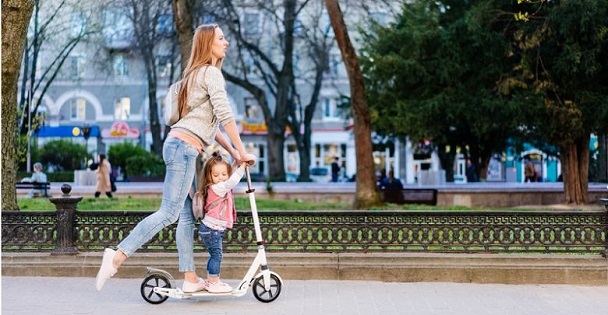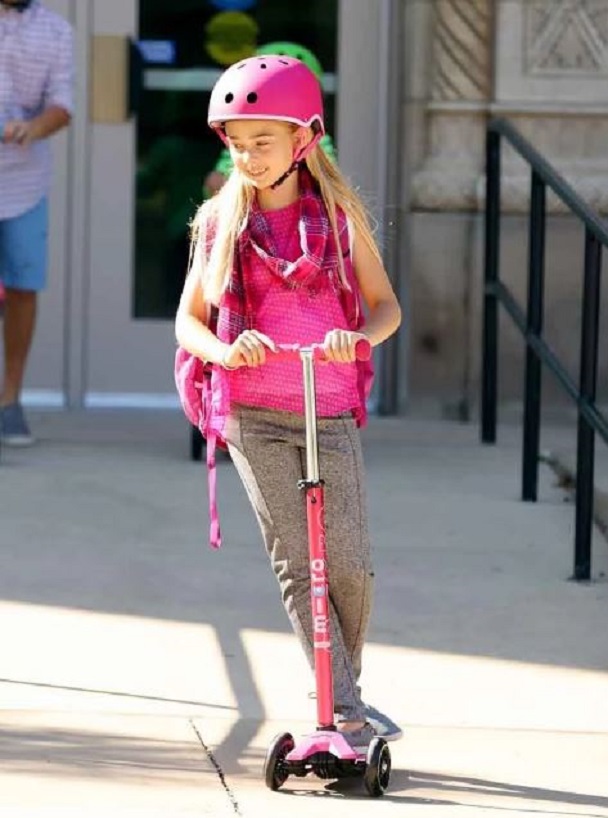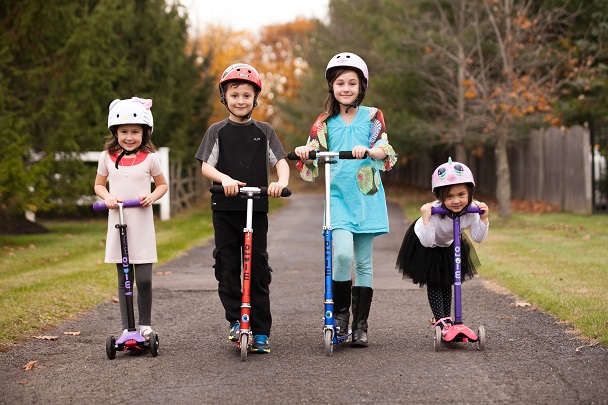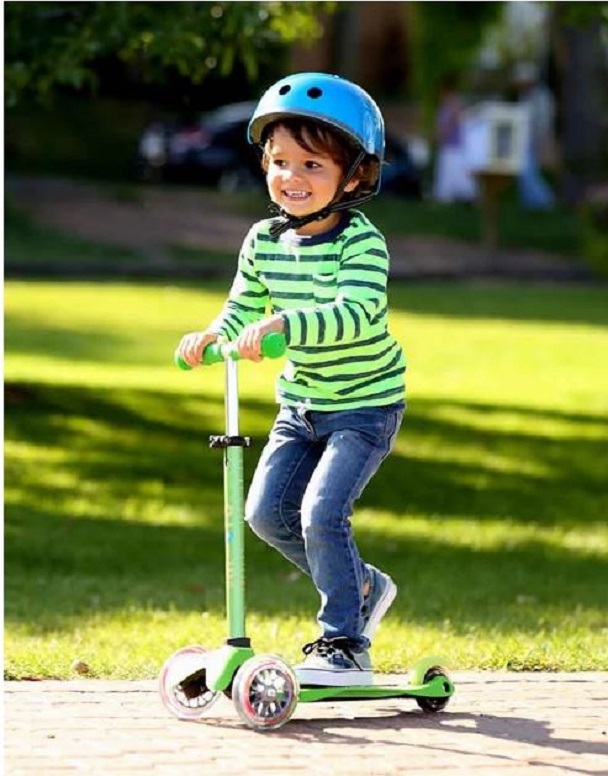Children’s Scooters: Factors That Should Influence Your Buying Decision
A large number of New York businessmen depend on them and Japanese adolescents can’t live without them – it seems that the simple scooter has become a supreme mode of transportation for many. And it turns out that they have a bunch of benefits for kids also. Children scooters can make every journey to the nursery, a friend’s house or school more fun. Plus, any sports coach will tell you that it’s generally an advantage to start with any physical activity as early as possible, and children scooters are a great way to keep your kid active once he/she is able to ride one.
The more you encourage your kid to move and explore, the more likely it will be that he or she remain active and be more confident later in life. Also, who knows, as a parent you may even get inspired to get one for yourself and scoot with the kid/s together.
But choosing a scooter for a child can be more complicated than choosing a scooter for an adult. In light of that, let’s list some important factors that should influence your decision.

Contents
Is my Child Old Enough?
Since children vary in their motor skills regardless of their age, there is no such thing as a single definitive age to begin with scooting. Generally, if your child can walk with a steady gait, then he/she may be old enough and able to ride a scooter. Usually, kids establish a mature gait pattern around the age of three, but again this is individual. If your kid demonstrates signs such as improved coordination, wants to demonstrate independence and wants to do what the other, bigger kids do, then maybe it’s the right time to start looking for children scooters.

Two vs Three-Wheeled Models
Starting out as a plank of wood with roller skates attached to the bottom, scooters have come a long way since their humble beginnings in Germany in 1817. Today there are many models, sizes and varieties to choose from among which the two and the three-wheeled scooters are the most common ones.
Just like bicycles, two-wheeled scooters require a certain minimum speed for maintaining balance. Also, when turning, they require the rider to lean toward the centre of the turn. This means that small riders need to overcome two challenges to ride a two-wheeled scooter – to be strong enough to push the scooter up to the minimum speed and actively steer the handle bar in order to maintain control. That is why small children and toddlers who are still struggling with balance may not feel confident enough to ride two-wheeled children scooters.
Three-wheeled scooters, on the other hand, do half of the work in balancing and thus reduce the risk of the user falling off. They are easier to ride and a better option for young riders – considered safest for two to five years old kids. However, if your kid is already driving a bicycle or a three-wheeled scooter, chances are he or she will be successfully riding on two wheels.
Large vs Small Scooters

The size of the scooter is directly related to its wheels size. The choice between a large or small model depends on your child’s body size and his/her physical abilities. Generally, small scooters are lighter than large wheeled ones and are easier for kids to ride, handle, steer and accelerate but might be more appropriate for smooth terrains. Large scooters, on the other hand, may be harder for small kids to ride as they take more effort to push and take longer to brake or stop. The advantage of having a larger scooter is that your child will be less likely to outgrow it and he/she will be able to ride on more types of terrains, unlike small ones.
Features
A scooter with a folding mechanism makes for a practical and compact everyday transportation means (unlike bicycles) and can be taken and stored almost everywhere – in cupboards, car boots or even bags when not in use. Also, it recommended that the scooter has an adjustable t-bar so that handle bars can be positioned lower than the child’s chin to reduce the chances of face or neck injuries.
Safety Measures

Although scooters are considered generally safe, there are a few things you need to be careful about. Children scooters should not be used in areas where scooting can be dangerous and inconvenient for little scooter users. Dark trails, long, high streets where scooters can gain a lot of uncontrollable speed should be avoided. Wearing protective gear is also important for any kid driving a scooter, so make sure you also get a well-fitted helmet and knee pads.






